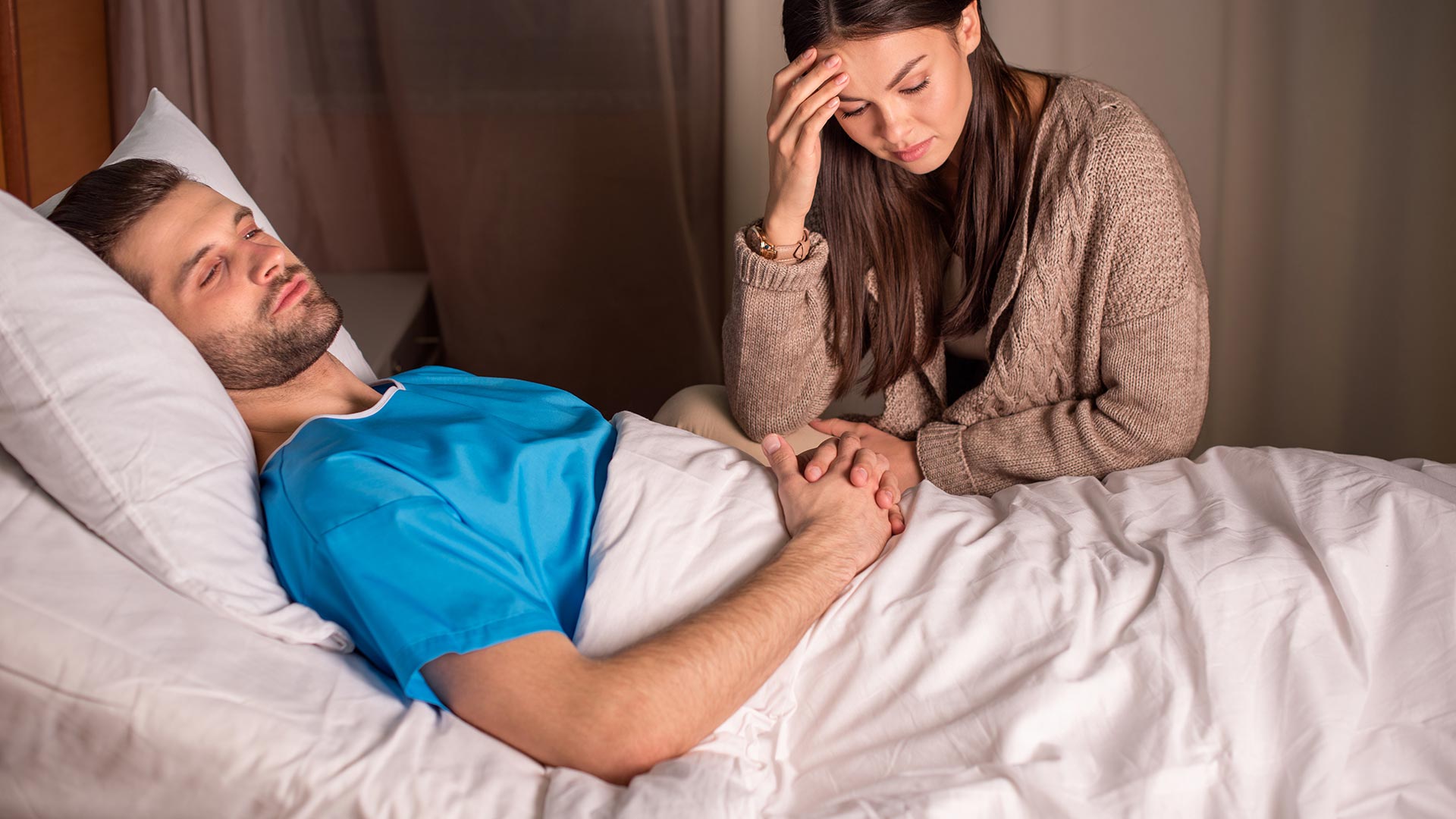The most common way of treating acute prostatitis is by using antibiotics for four to six weeks. The prescription of antibiotics will depend on the type of bacteria behind the condition. Alpha-blockers may also be used to relax the muscles of the bladder. Common ones include terazosin, tamsulosin and doxazosin. Pain relievers such as ibuprofen may also be recommended.
